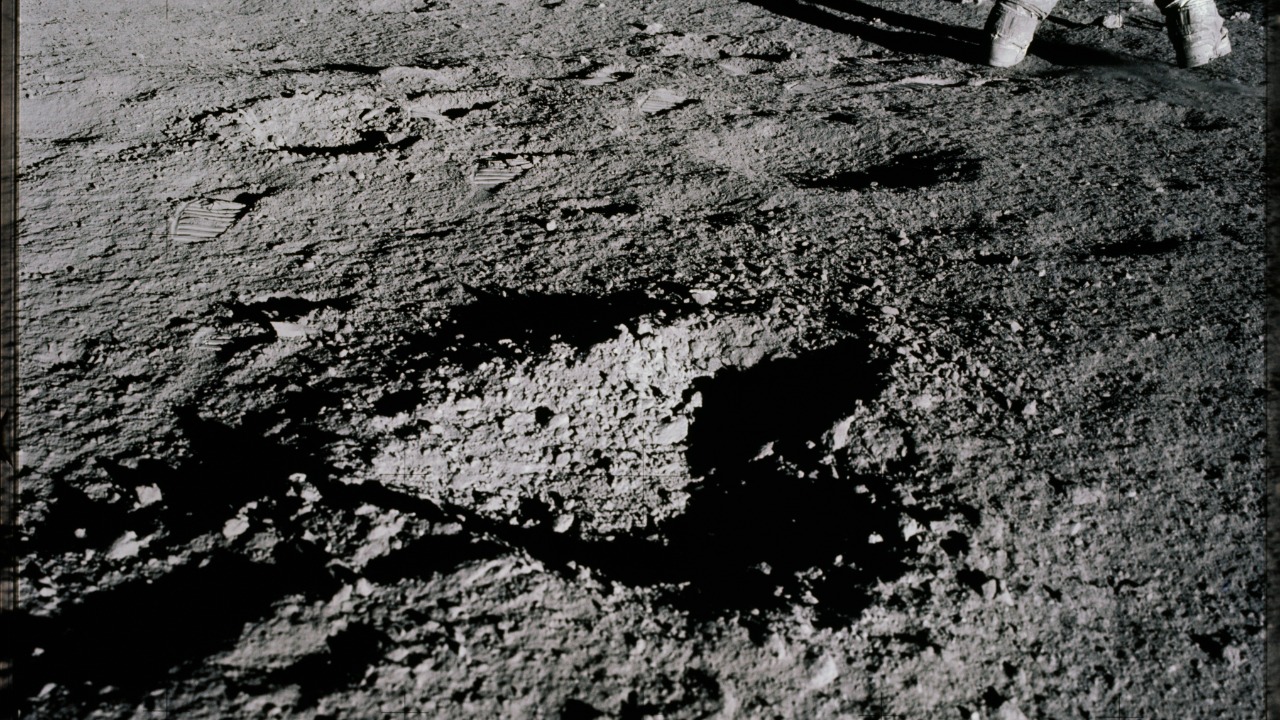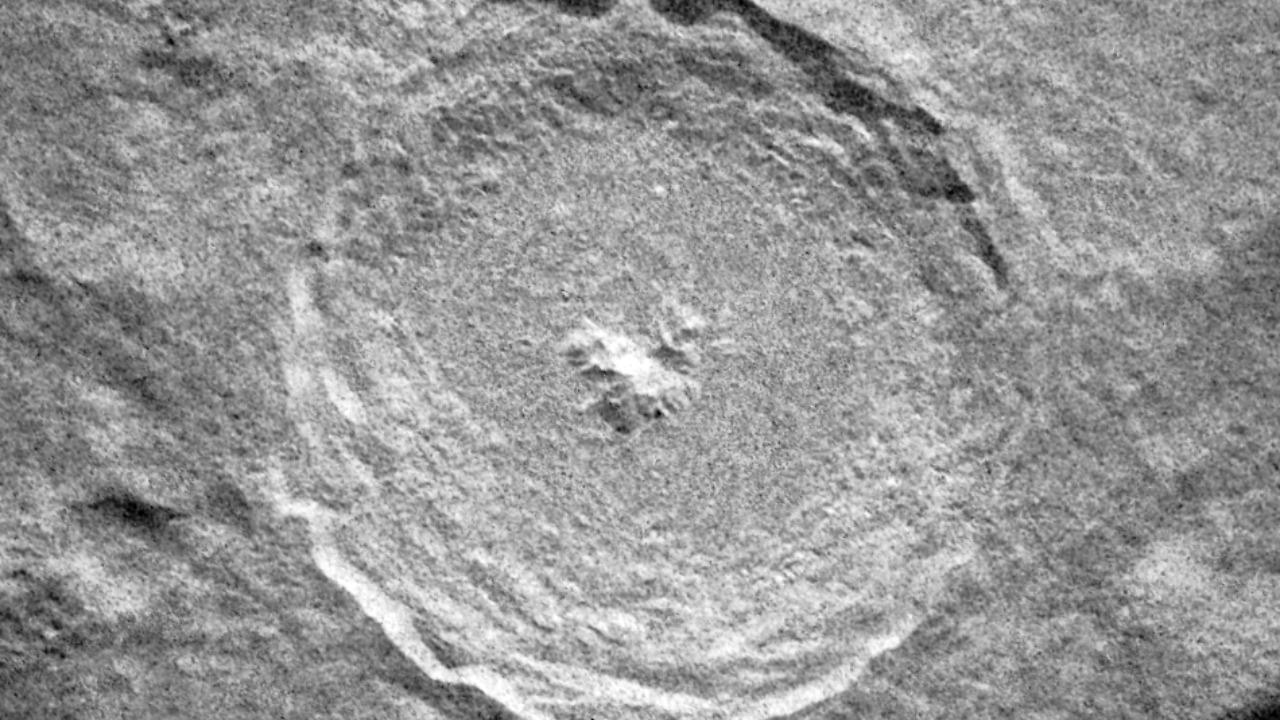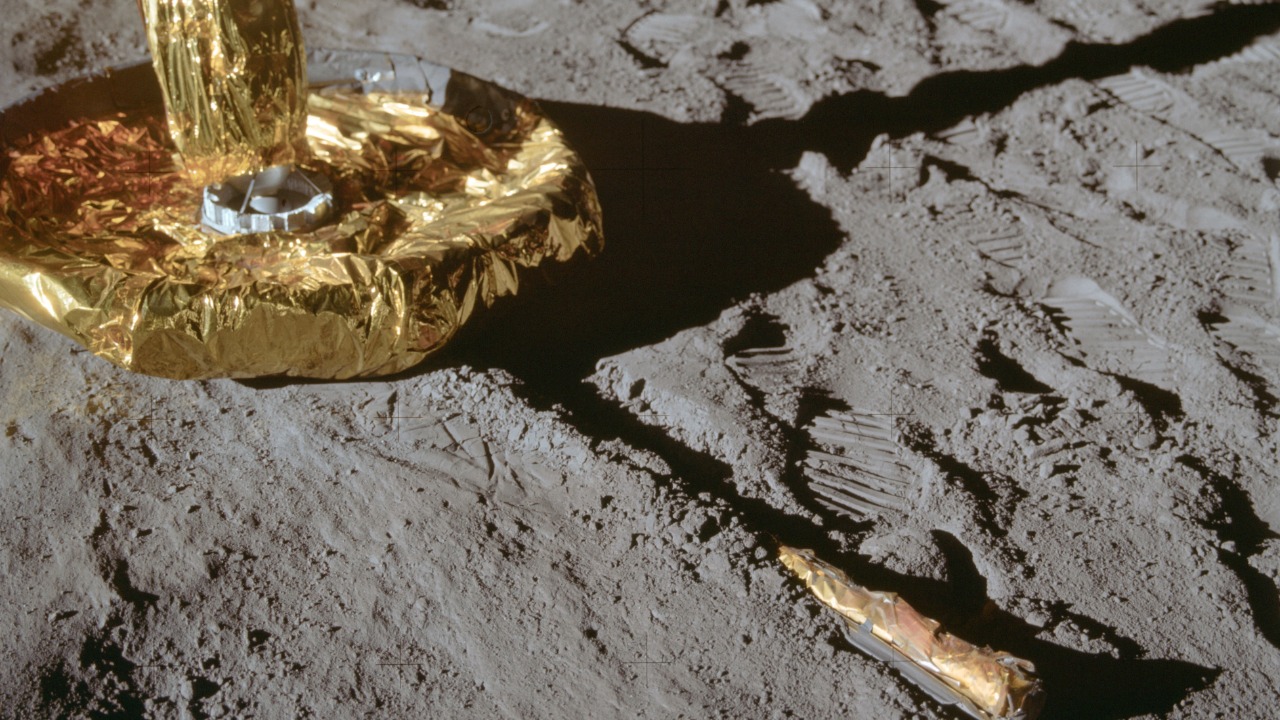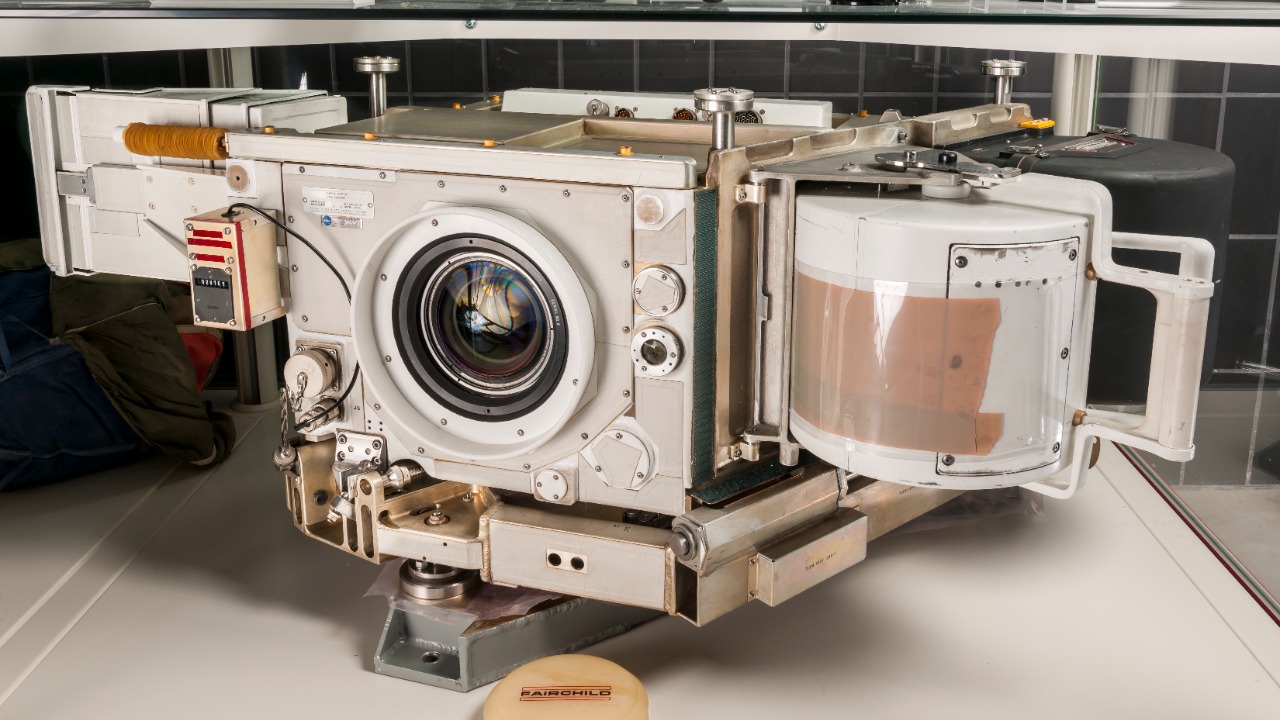
New evidence suggests the existence of massive water reservoirs hidden beneath the Moon’s crust. This groundbreaking discovery could lead to a seismic shift in our understanding of the Moon’s geological history and has far-reaching implications for the future of lunar exploration.
Understanding the Discovery

The evidence of these substantial subterranean water bodies was unearthed during a comprehensive study conducted by a team of global scientists. Using an array of geophysical and geochemical data, they were able to identify several anomalies consistent with the presence of large, subterranean water reservoirs.
The researchers used satellite data to identify areas where the lunar surface seemed to be subsiding, a phenomenon often associated with the presence of hidden water bodies. These subsidence zones were found in multiple locations across the Moon’s crust, indicating the widespread presence of these hidden water reservoirs. This finding has considerable significance in the context of lunar exploration, as it widens our understanding of the Moon’s geological make-up and provides a new resource for future missions.
Techniques and Tools Used in the Discovery

Remote sensing and radar techniques played a pivotal role in the discovery of the water reservoirs. These advanced techniques enabled scientists to scan and visualize the Moon’s subsurface structure from a distance. The use of satellite data played a crucial part in validating these findings, providing corroborative evidence of the subsurface anomalies detected by the remote sensing techniques.
The discovery was made possible largely due to advancements in technology. Technological innovations in remote sensing, radar imaging, and satellite technology have substantially increased our ability to explore and understand celestial bodies. They have enabled us not just to map the surface of the Moon, but also to peer beneath its crust and reveal its hidden secrets.
Moon’s Geological History and Water

Until recently, our understanding of the Moon’s geological history suggested that it was a dry, arid body. The presence of water was believed to be limited to small amounts trapped in the lunar soil or in the form of ice in permanently shadowed craters. However, the discovery of these water reservoirs significantly changes this narrative.
The water bodies likely originated from deep within the Moon’s mantle, suggesting they have been present for a significant part of the Moon’s history. This finding challenges our existing theories about the Moon’s geology and hints at a much more complex and dynamic lunar history than previously thought. For more in-depth information, refer to this source.
Implications for Future Lunar Exploration

The discovery of these water reservoirs could have a profound impact on future missions to the Moon. Access to a ready source of water could be invaluable for long-term human habitation, potentially providing both a source of drinking water and a means of producing oxygen for breathing and hydrogen for fuel.
However, the discovery also presents substantial challenges. Extracting water from beneath the lunar surface will require significant technological innovation and investment. Nevertheless, the opportunities the discovery presents for space agencies worldwide are far-reaching. For a detailed discussion on this topic, check out this article.
What the Discovery Means for Life Beyond Earth

The discovery of water reservoirs on the Moon also has implications for the search for life beyond Earth. Water is a key ingredient for life as we know it, and its presence on other celestial bodies increases the chances of finding extraterrestrial life.
The potential for similar water reservoirs on other planets, like Mars, is currently a hot topic in astrobiology. If such reservoirs do exist, they could provide a habitat for life or at least provide the conditions necessary for life to develop. For more information on the subject, refer to this Popular Mechanics feature.
Undeniably, the discovery of these hidden lunar water reservoirs is a significant development in our exploration of the cosmos. It not only enriches our understanding of the Moon’s geological history but also opens up exciting possibilities for future lunar exploration and the search for life beyond Earth.